FEV testing finds Transient Plasma ignition system increases fuel efficiency and decreases emissions
Green Car Congress
JUNE 9, 2022
TPS) nanosecond pulsed power ignition system ( earlier post ) on the current Toyota 2.5-liter, liter, direct and port fueled injection, inline 4-cylinder gasoline engine commonly used in the Camry line of vehicles. The Toyota 2.5L engine was tested at FEV North America and results indicate improvements over the stock ignition system.

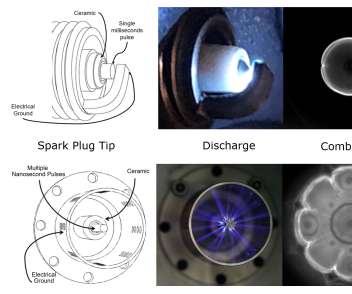


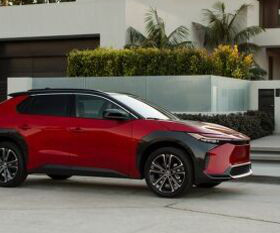
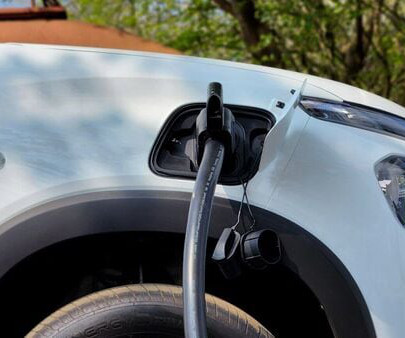



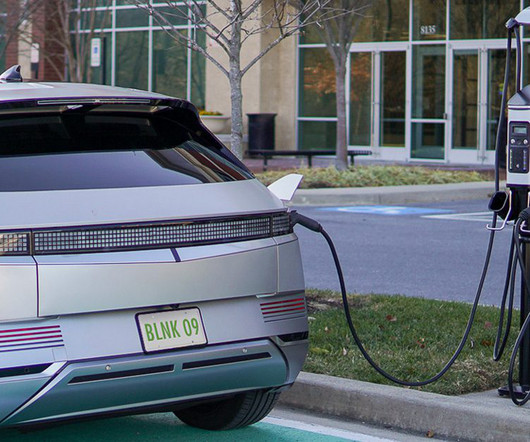









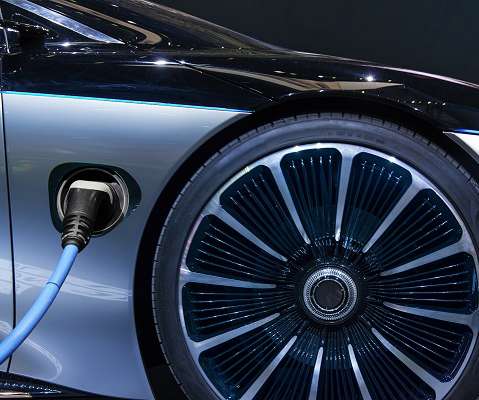
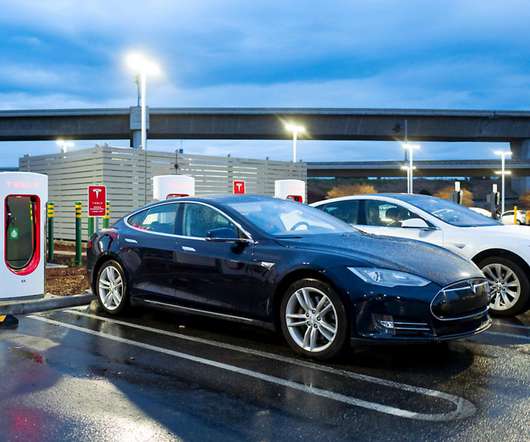









Let's personalize your content